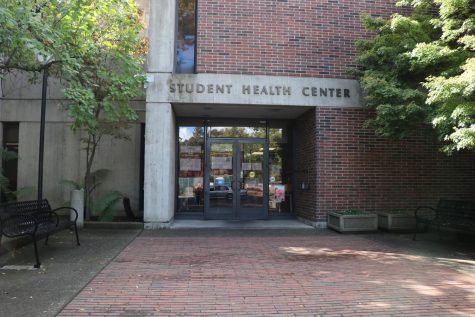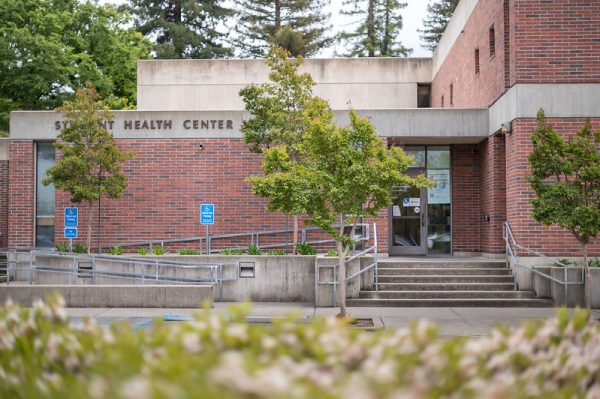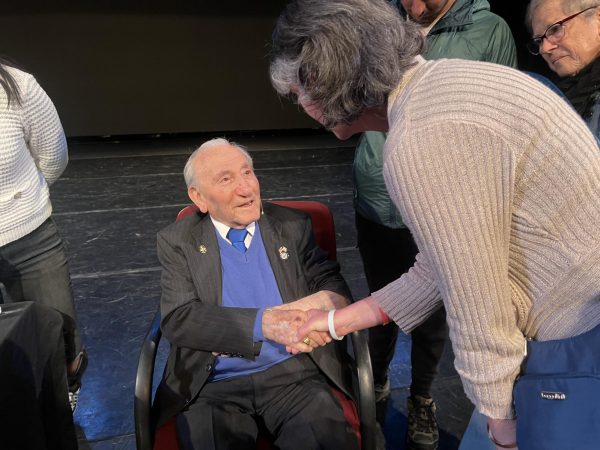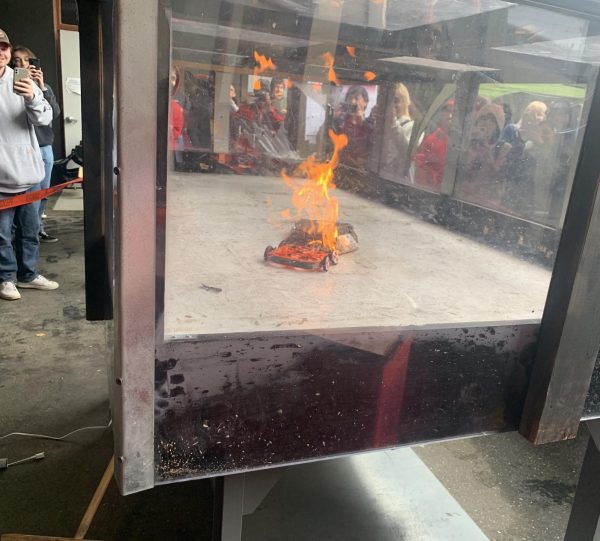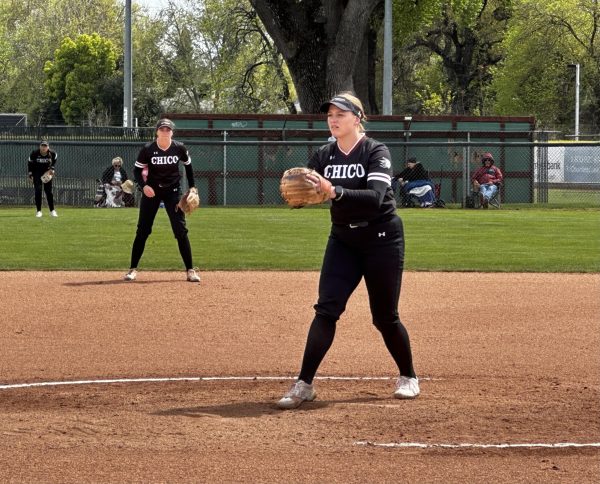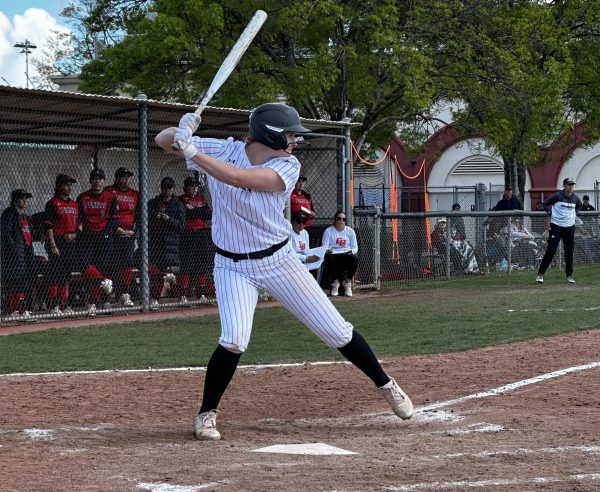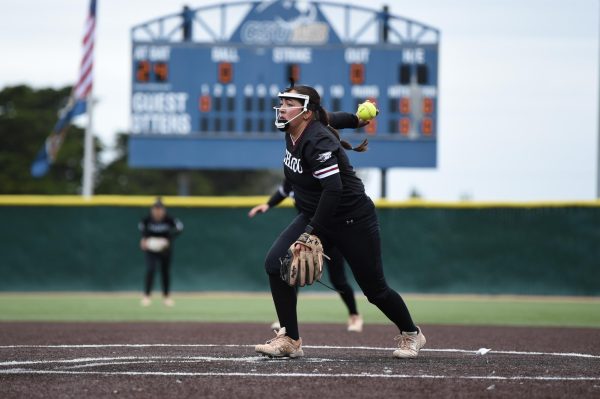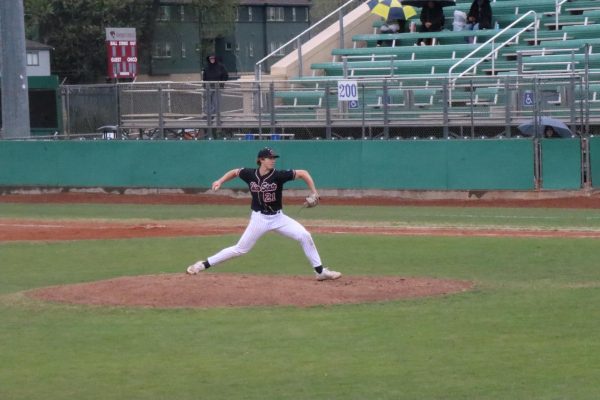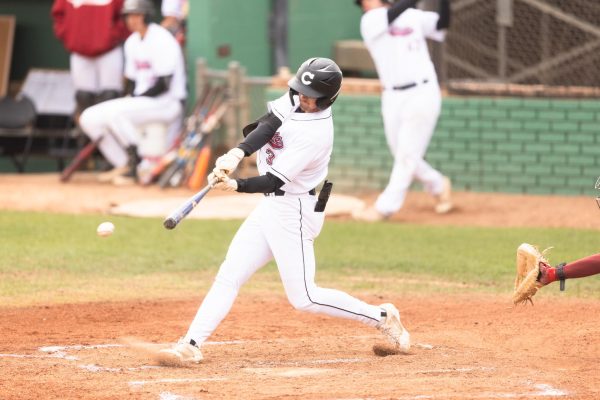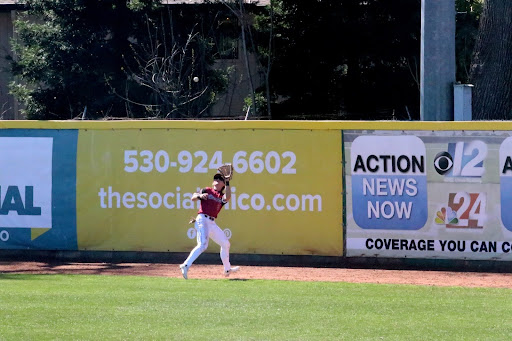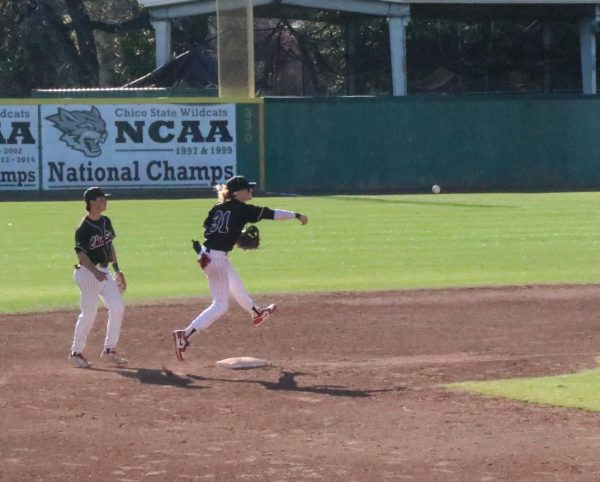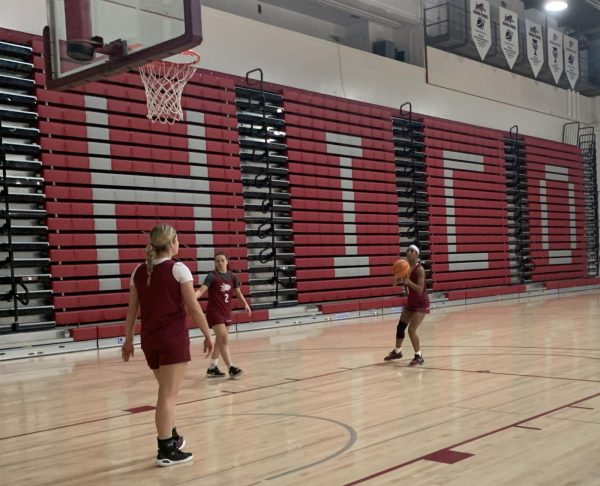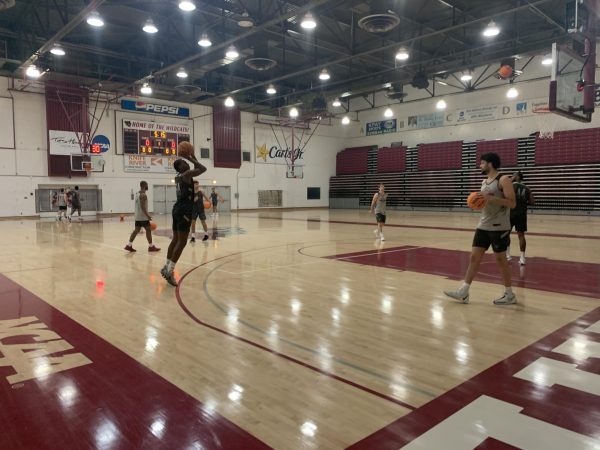Graduation Initiative hits Chico State athletes
The success of the California State University 2009 graduation initiative has spurred another movement for increased graduation rates.
The 2009 initiative, increased Chico State’s six-year graduation rates to 64 percent and cut the graduation gap between underrepresented minorities and non-under represented minorities by half.
After successfully raising the six-year graduation rates, Chico State is focusing on helping students finish college in four years. The current four-year graduation rate for Chico State is 17 percent.
The initiative was launched last January across the CSU campuses and gives the universities until 2025 to reach their goals. While the goals for the university are centered around increasing the four-year graduation rate for first-time students, it also focuses on transfer students.
The initiative is meant to increase the four-year graduation rate for first-time freshman to 40 percent and 85 percent for transfer students and to completely eliminate the achievement gap.
The initiative states that the process of obtaining a degree is too difficult and that it is attempting to alleviate some of the difficulties.
“In an effort to better prepare and assist students, the CSU has established a plan to remove obstacles to receiving a baccalaureate degree,” the initiative states.
Although the new graduation initiative is meant to assist the incoming students, it doesn’t have information pertaining to the student-athletes. With time on the field and classroom dominating a majority of their time, student-athletes have reported difficulties maintaining steady employment.
These are the student who may or may not have difficulties meeting and succeeding with these agendas.
Junior outside hitter for the women’s volleyball team, Anna Baytosh, expressed her concern for student-athletes being able to stay on track with the added stresses.
“Taking enough units to stay on track to graduate in four years is difficult for an athlete,” Baytosh said. “Not only taking those classes but passing them and using enough time management skills to stay on top of them will be the challenge.”
Student-athletes across all sports have many demands on and off the field, court, or pitch. Their time is limited, and with the implementation of the new initiative, their time management skills are going to be even more critical.
But it comes down to more than just the students, as the professors of the CSU universities have the ability to dictate final grades. While many professors are understanding of a student athlete’s circumstances regarding an absence because of a road game, there are some who overlook collegiate athletics.
Junior long jumper Javone Bradford said that he has had his own difficulties with professors in the past, and hopes that the initiative does not lead to less understanding.
“Sometimes it’s really hard to get to class after a late match or workout, and there are those professors that understand that, but some just don’t,” Bradford said.
With a gray area overlooking the struggles that student-athletes might incur during their attempt at graduating, the initiative is harder to complete as a transferring junior than a first-year student.
Senior forward for the men’s soccer team, Rajaee DeLane, is a transfer student-athlete that understands the need to be able to smoothly transition into being independent when coming to a university for the first time.
“Honestly, student-athletes put their sport first, even though they shouldn’t, most of them do,” DeLane said.
The emphasis on sports that student athletes focus on during their college experience is not only an attempt to make it to the next level but also because they are being given scholarships to attend college, according to Bradford.
“It’s not a worry about losing a scholarship or anything like that,” Bradford said. “But you know that people are relying on you to do well in an event and you don’t want to let them down.”
With the new initiative, transfer students and student-athletes might end up pressured into finishing faster. Even for the incoming first-year students, avoiding extreme workloads along with their sport might prove difficult, but they are given more leniency than transfer students.
“Freshman have more time, so if they mess up, they have that extra two years to be able to bounce back,” DeLane said.
Without specific expectations of student-athletes defined in the new initiative plan, it’s unclear of whether or not the athletes will need to take more classes.
If they are required to, the added difficulties of classes only makes it harder for first-year students and transferring juniors to meet their requirements on the field and in the classroom.
Makayla Hopkins can be reached at [email protected] or @_MakaylaHopkins on Twitter.
